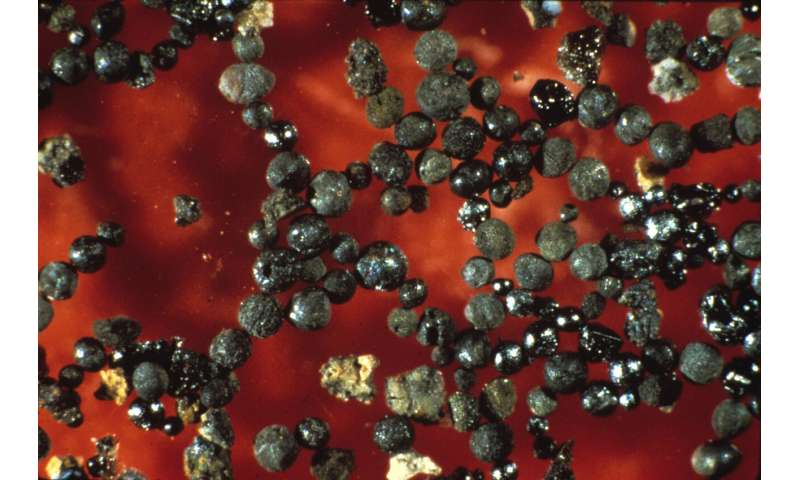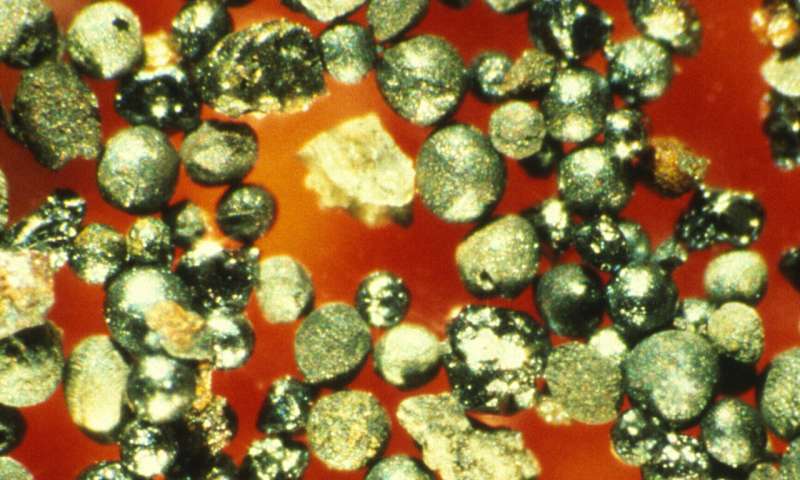Principles for a green chemistry future

In the most recent issue of the academic journal Science, the case is made for a future where the materials and chemicals that make up the basis of our society and our economy are healthful rather than toxic, renewable rather than depleting, and degradable rather than persistent.
The issue includes a paper, "Designing for a Green Chemistry Future," that illustrates a clear view into that future. The paper is authored by a Yale-led research team comprised of Julie Zimmerman, professor of green engineering and senior associate dean of academic affairs at F&ES; Paul Anastas, the Teresa and H. John Heinz III Professor in the Practice of Chemistry for the Environment at F&ES; and Hanno Erythropel, an associate research scientist at the Center for Green Chemistry & Green Engineering at Yale.
The team also included Walter Leitner, a leading figure in green chemistry who is a professor at the Max-Planck Institute for Chemical Energy Conversion in Germany.
"The basic idea is that green chemistry should be the basis of how we do any kind of chemistry in the future," said Erythropel. Too often, he explained, the evaluation of chemicals and the processes used to make these are focused solely on how well they function, but don't include considerations about their potential impacts during the whole life cycle. When it comes to chemical production, systems thinking must be used to create sustainable, non-toxic, and recyclable chemicals—from the design stage, through production and use, to disposal.
In the paper, they argue that the mistakes of the chemical industry over the past century do not need to be repeated in the future—and cutting-edge research and innovation in green chemistry is proving that. They highlight how green chemistry achievements have already begun the process of reinventing everything from plastics to pharmaceuticals, agriculture to electronics, energy generation and storage, and beyond. The achievements thus far are compelling but, according to Anastas, are only the beginning.
"The astounding accomplishments of green chemistry and green engineering thus far pale in comparison to the power and the potential of the field in the future," he said.
And while many examples exist of green chemistry increasing economic profits while being better for human health, the environment and sustainability, it is still the exception rather than the rule. Instead, Zimmerman says, "Sustainability requires that green chemistry and green engineering be done systematically, so that it is simply the way all chemistry is done in the future."
More information: Julie B. Zimmerman et al, Designing for a green chemistry future, Science (2020). DOI: 10.1126/science.aay3060
Journal information: Science



















